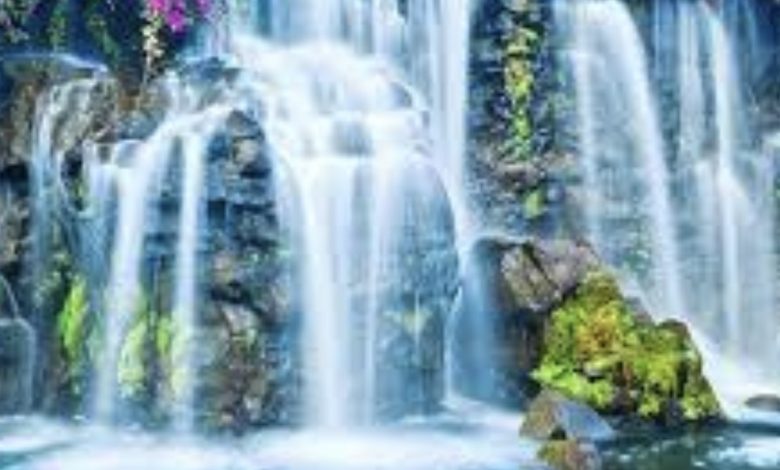Researchers

Researchers
Alexander von Humboldt (1820s) “Father of Modern Geography” Humboldt was mostly marking waterfalls on maps for river navigation purposes.
Oscar von Engeln (1930s) Published “Geomorphology: systematic and regional”, this book had a whole chapter devoted to waterfalls, and is one of the earliest examples of published works on waterfalls.
R. W. Young (1980s) Wrote “Waterfalls: form and process” this work made waterfalls a much more serious topic for research for modern Geoscientists.[9]
Ecology
Waterfalls are an important factor in determining the distribution of lotic organisms such as fish and aquatic invertebrates, as they may restrict dispersal along streams. The presence or absence of certain species can have cascading ecological effects, and thus cause differences in trophic regimes above and below waterfalls. Certain aquatic insects also specialize in the environment of the waterfall itself.[10][11]
Waterfalls also affect terrestrial species. They create a small microclimate in their immediate vicinity characterized by cooler temperatures and higher humidity than the surrounding region, which may support diverse communities of mosses and liverworts. Species of these plants may have disjunct populations at waterfall zones far from their core range.[12]
Waterfalls provide nesting cover for several species of bird, such as the black swift and white-throated dipper. These species preferentially nest in the space behind the falling water, which is thought to be a strategy to avoid predation.[13]
